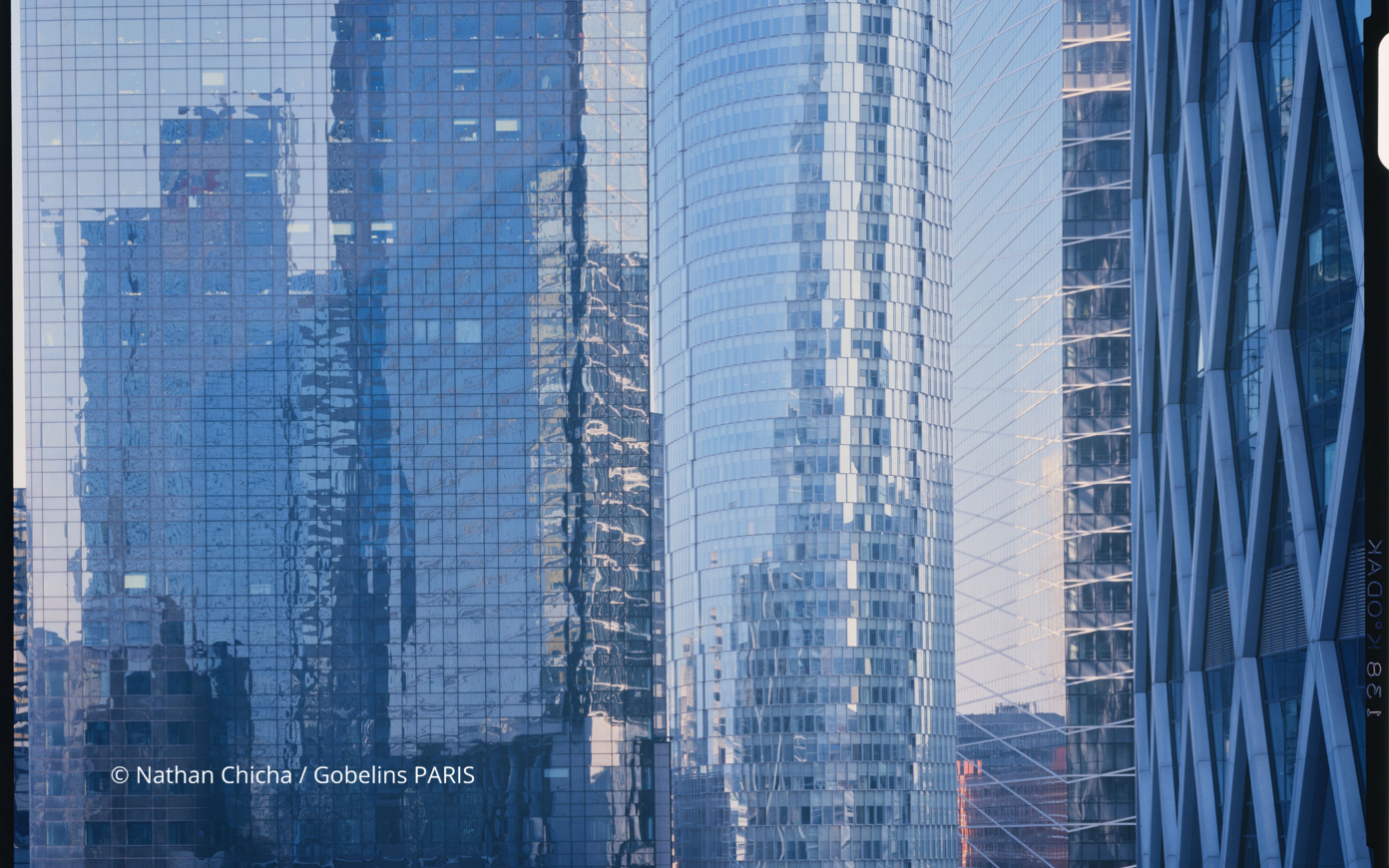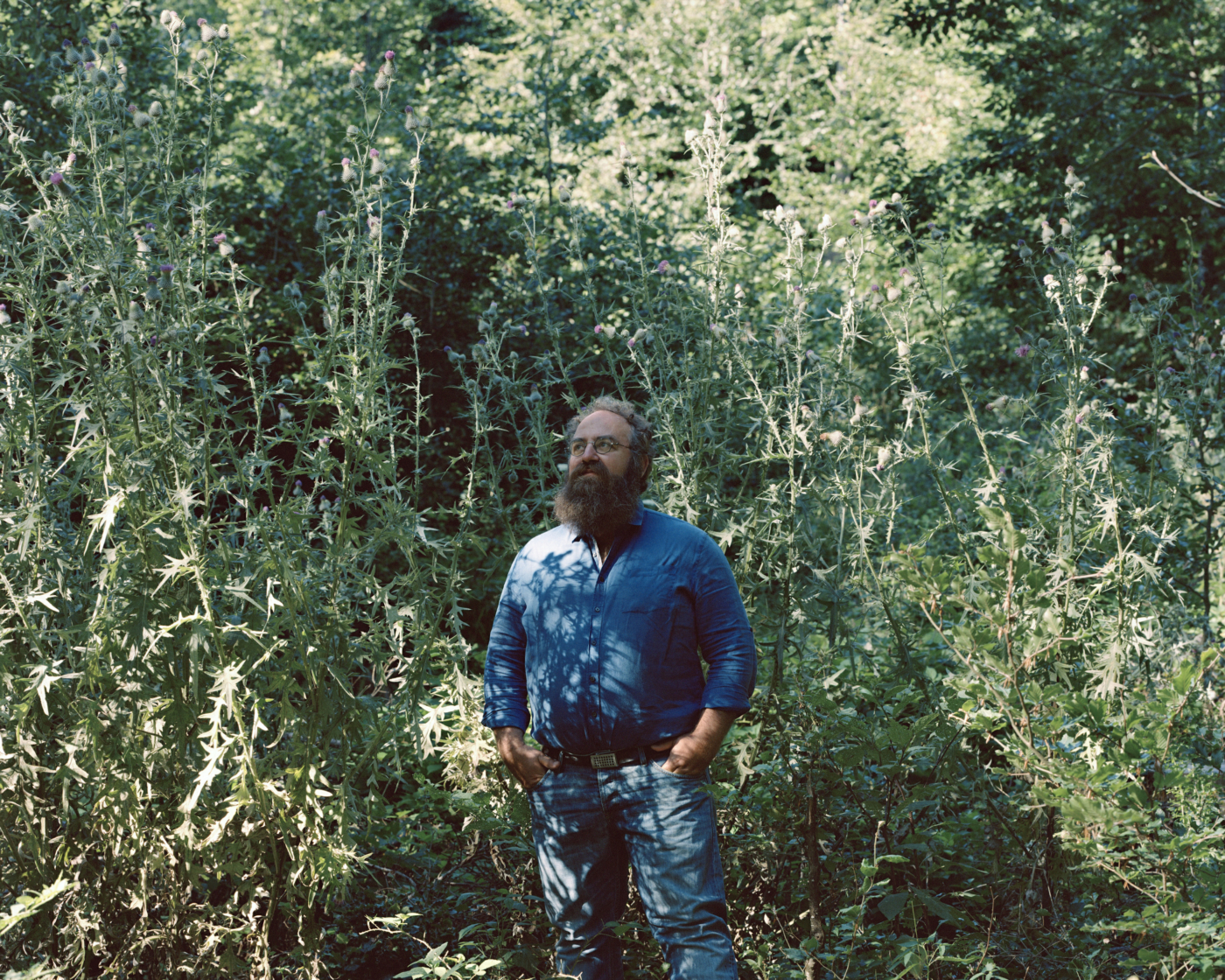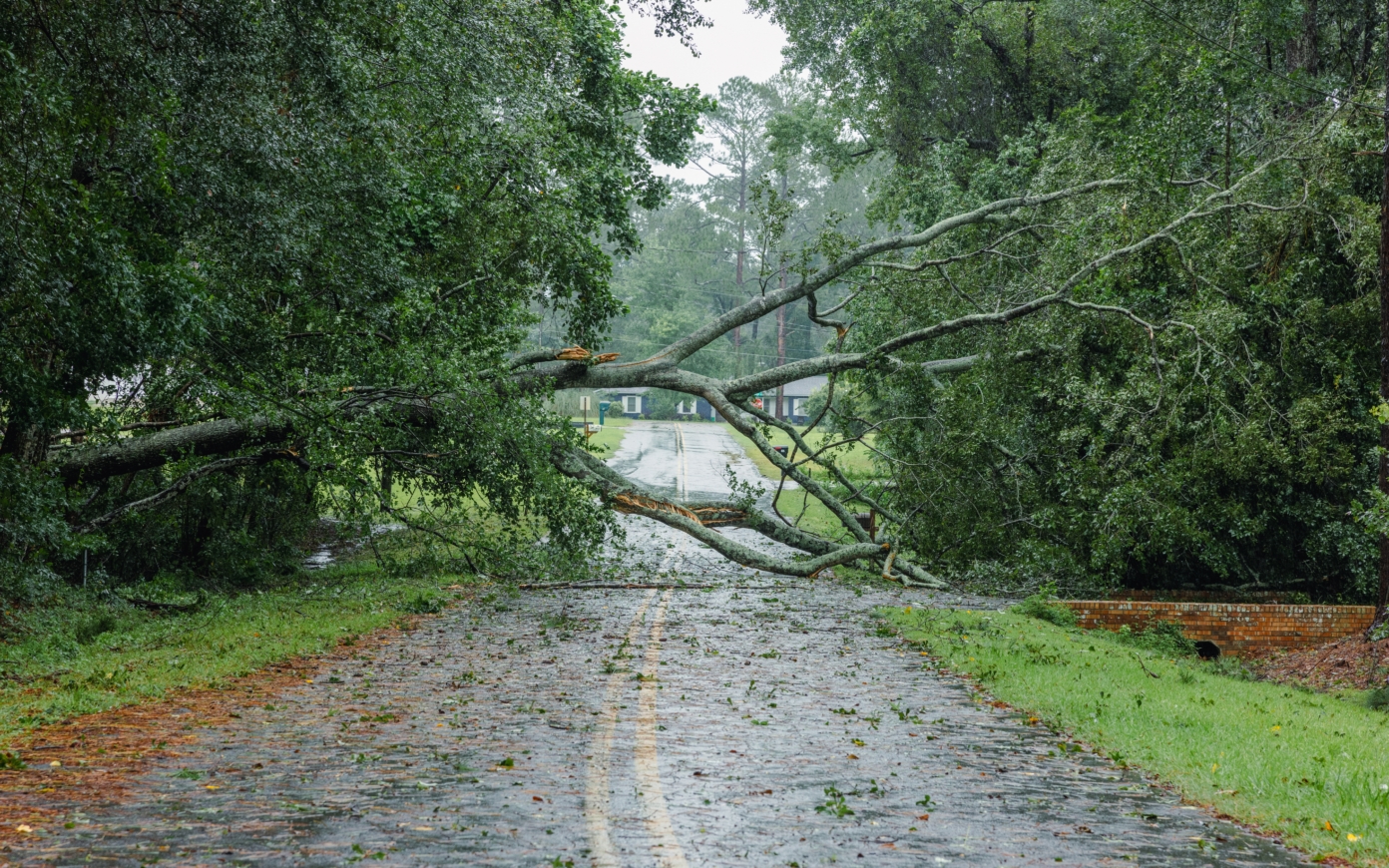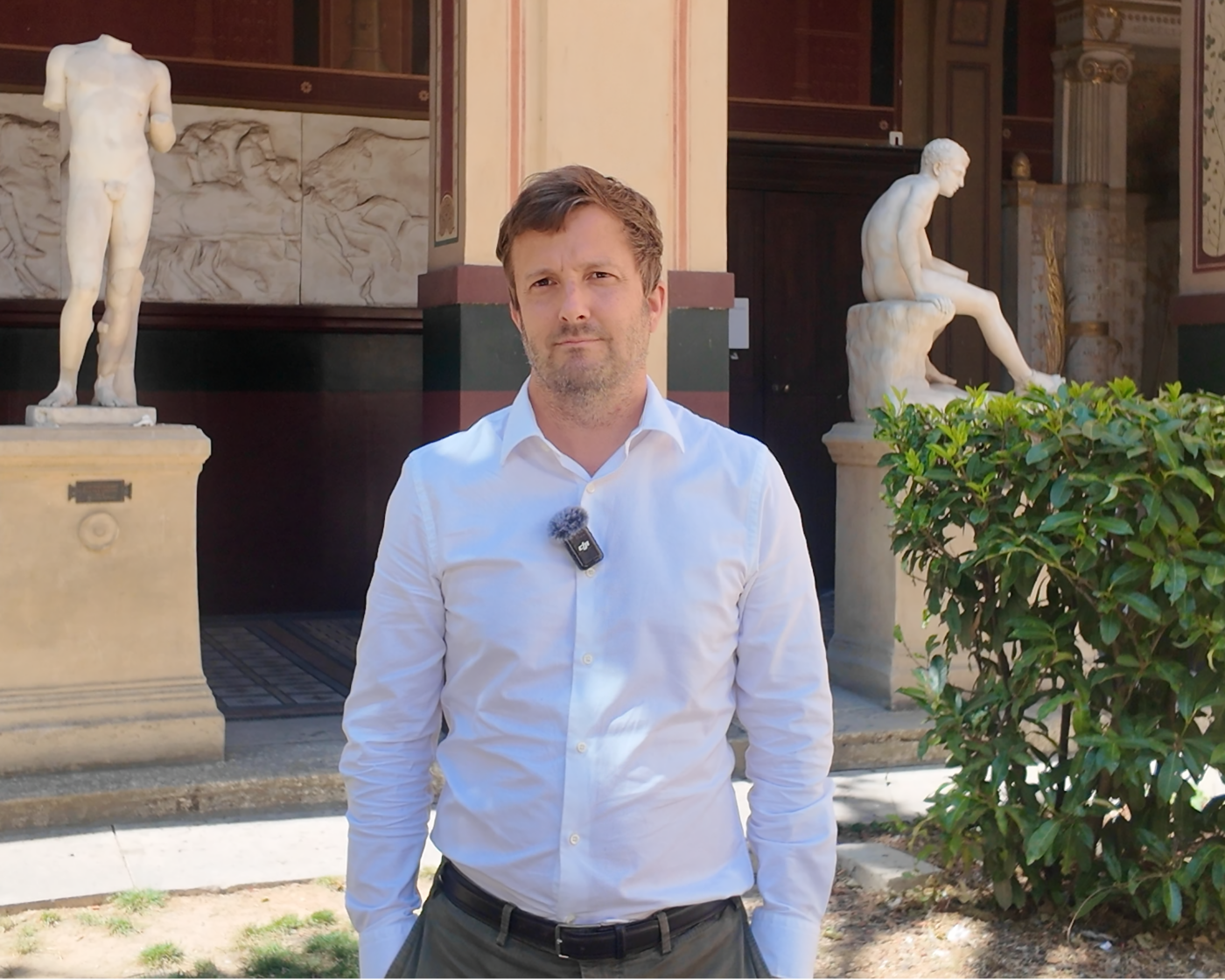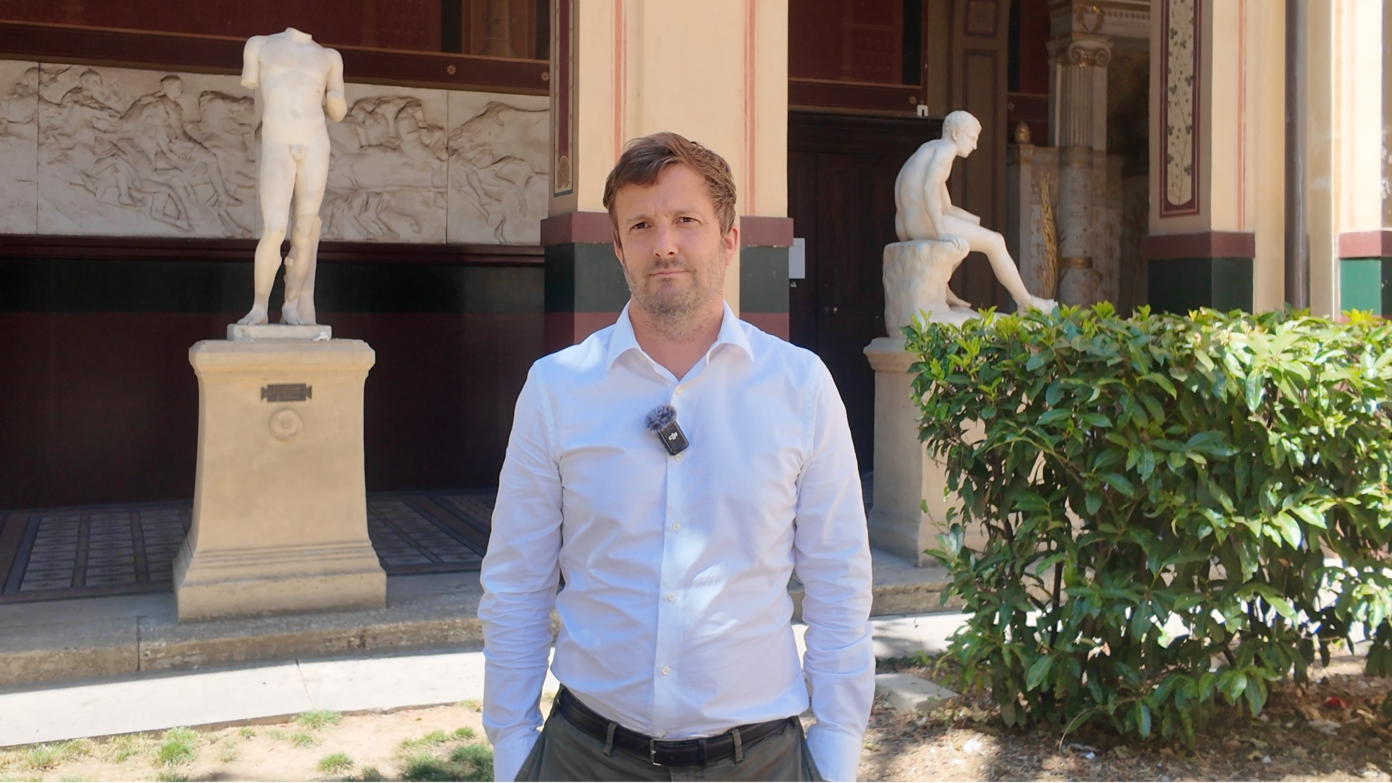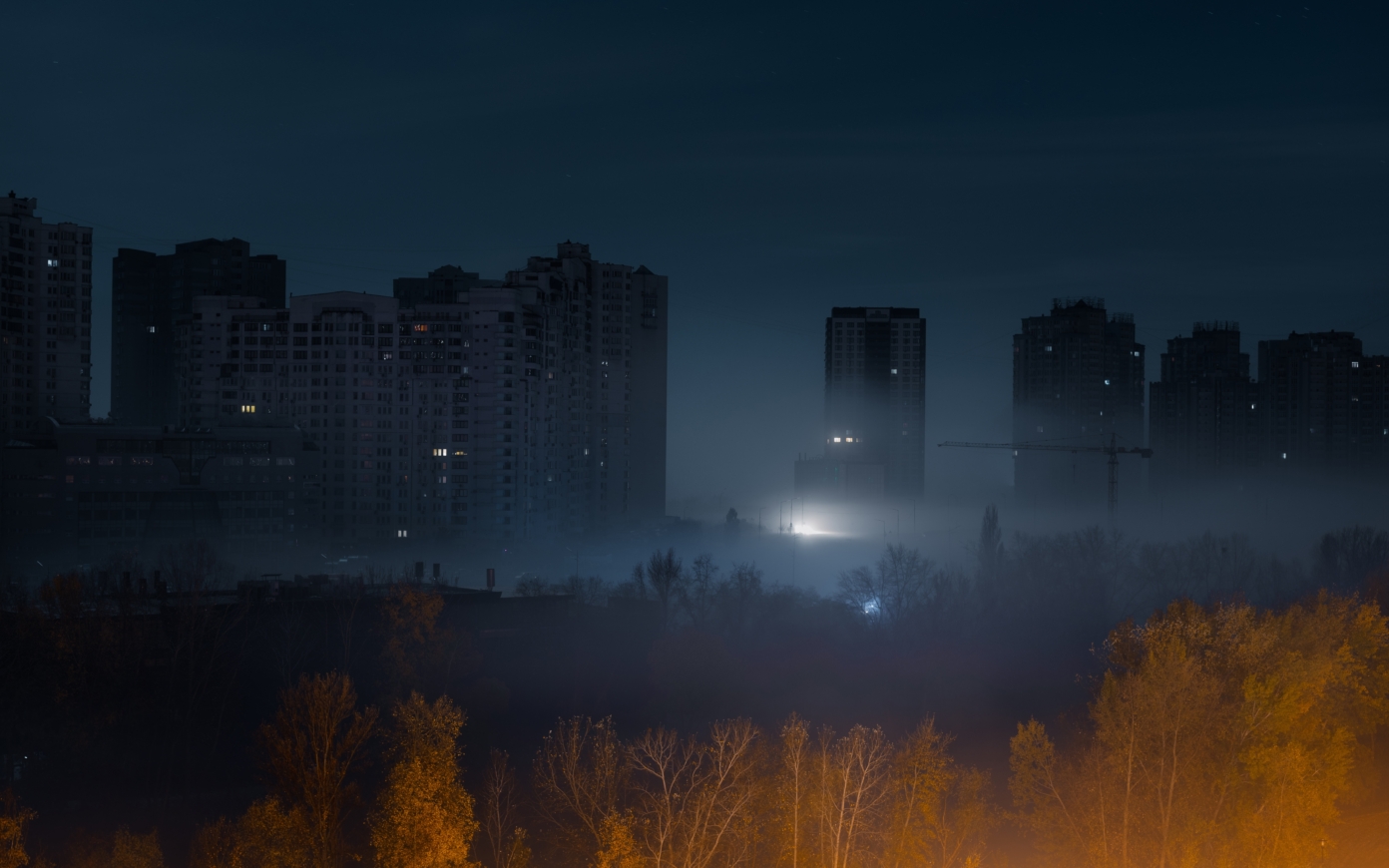The opportunity of the Anthropocene
Your work explores the “posthuman” entanglement of the human, technology, and nature within the built environment. What is “posthuman architecture” and what led you to develop this concept? Is it a solution to the way we build cities in today’s Anthropocene conditions?
As an architect, I’ve always been interested in environmental issues. I taught a series of seminars at the Yale School of Architecture (YSOA) on posthuman architecture, which I would define as an environmentally conscious architecture that addresses multiple species and deals with the constructed character of what we call “nature.” The term Anthropocene marks our recognition of our role in fundamentally changing the earth, so much so that we refer to a new geological period. My interest in this topic emerges from a critique of architecture’s focus on the human—architecture’s anthropocentrism: ecology and nature are clearly comprised of multiple species, why are we so focused on just one?
The posthuman discourse is not about saying “let’s get rid of humans,” but rather “let’s move humans away from the center of our inquiry.” The work on the posthuman helped me look at this Anthropocene moment as an opportunity for architects to consider building for multiple species, building with a broader idea of what life forms should be treated as citizens, and what life forms should be given habitation. I think the posthuman enlarged my view, in very basic terms, of what architecture’s client base could be [laughs].
Construct a new nature
There are four different approaches to the interpretation of the triangle that comprises the human, technology and nature: the “deniers,” who refuse to acknowledge any impact of human activities on nature, such as with global warming; the “conservatives,” who argue that the solution is to stop any intensive human activity on the planet; the “moderates,” who believe in a balance between economy and ecology, and in changing our human habits and behavior; and the “accelerationists,” who advocate the transformation of nature by technology. Where do you stand?
I would argue that there is another extreme position alongside that of the “accelerationists,” which suggests that technology is so deeply embedded in us that the bounded term human does not accurately represent us: we are, and perhaps always have been, a kind of hybrid, from the medical technologies that have shaped us to our use of devices as prosthetics or the bacteria for which we are a biome. Benjamin Bratton’s recent book The Stack lays out a vision of the future with entities that are partially carbon: when you’re speaking to someone or something, usually something, you will no longer know what percentage of human they are. They are a carbon/non-carbon hybrid. He contextualizes this idea in light of today’s planetary scale of computation, whereby we have the ability to compute such large quantities of data and potentially miniaturize them to an implant level. In some sense the categories of “human,” “technology,” and “nature” from your triangle break down: is technology our new nature? Is nature a type of technology?
Returning to this variety of positions, obviously I’m not in the conservative camp that says “let’s restore nature, let’s stop everything.” But when you decide that you are going to construct a new nature, or construct into a different format of nature using technology, you find yourself asking some very interesting questions about what we even knew about the old nature to begin with, and how our newer technologies and our ability to compute massive bodies of data may allow us an understanding of the old nature that we could never have had before.
Technology to better understand nature
Could you further develop your point that technology has allowed us to understand nature and the living better? Has technology radically changed the paradigm of urban conception and construction?
My work attempts to look at human-animal relationships, and what is perhaps initially surprising is how little is known about other species. We believe there are somewhere between 2 million and 10 million species in the world. We have names for 1.6 million. So that’s 8.4 million possible beings that we do not know or have names for. We have big gaps in our knowledge about the entities that we have identified. However, one of the things that scientific technologies have let us do is to gain new understandings about species that elude our senses, such as microbes and bacteria. We may be able to have a completely different knowledge of multiple species because technology allows us to perceive them as entities. Technology may allow us a new kind of interface with a variety of species. This means that it wouldn’t just be the human-augmented, but a whole variety of basically any thing we would formally call “nature” which could participate in this new interface.
How does your “interactive architecture” project help to rethink these new interfaces, including the relationship to non-human entities?
There is a discourse in the posthuman about performance—posthuman was first used in the context of performance art—according to which performance in terms of theater or dance was an avenue to perceiving the limits and therefore the potential of the human body, allowing differently abled bodies to be seen and appreciated as performers. A few of our installation/performance works with dancers, such as Pharmacophore and Veal, take up these issues. Veal, for example, was about the ecological consequences of industrially farmed meat.
Performance certainly is one way to propose relationships with entities that initially seem foreign. This work led us deeper into the issue of relating to the non-human and we found ourselves asking if we could create habitats for more than the human. For example, we think about building surfaces which privilege the human gaze: the glass is so smooth, no one else can inhabit the facade. One project, The Birds and the Bees, involves cement panels with texture and cavities as housing for pollinators. Starting with a logical architectural element—the facade panel—seemed to be a clear place where one could intervene. When we think back to the wonderful landscapes of Gotham New York in the 1920s with all the stone ornaments, we may forget that each ornament, while beautiful, was also a perch, a nesting area, a habitat for many creatures that used those nooks and crannies on the buildings.
The greenwashing pitfall
Interactive architecture is one of the solutions to welcome and protect multiple living entities in urban contexts. What about vegetalization solutions that aim at making buildings and public spaces “greener”?
Some camps believe all you need to do is to plant a carpet of grass and trees over everything and every surface: “make green roofs, and that will save us.” Unfortunately, all of that greenwashing requires some creatures to do the work of pollination. It’s not enough to just plant them. If we are going to look at trees as a kind of air-cleaning technology, we obviously have to understand a little more about how trees live and replicate themselves.
Your practice is located in Brooklyn, which has been known for urban farming for several years. What are the real impacts and the future of urban farming?
If you look at Brooklyn you might say urban farming could, from a certain perspective, look gimmicky. But there is also a real base of research on the new environments provided by green roofs, not just as food sources—which they are—but also as new habitats. A biologist trained at Fordham University, Dustin Partridge, is one of the experts on bird and insect species that frequent Brooklyn and NYC’s green roofs. His research has found species of birds and insects on roofs that are not represented in any of our urban parks, which suggests that roofs are a differentiated new environment. I’d also point to the architect Marco Casagrande using vernacular farming traditions in his work in Taipei. The landscape architect Gilles Clement contributed an essay to my work on posthuman architecture, and I think his position is shared by a lot of people looking at urban farming in relationship to making food closer to the locus of dense human habitation because of the environmental cost of transportation. So, there are several reasons why I don’t think urban farming is a gimmick.
Transdisciplinary and collaborative processes
Can you tell us more about your teaching activities? Given the increased complexity of our world and our environment, as well as the new technology that is available to us, how do you think we should teach future architects?
I think the idea that a lone person or a single discipline could encompass the complexity of today’s built environment is a very old one. The seminars that I’ve taught, for example, are certainly looking to literature outside of the architectural discipline, for instance to animal studies and all kinds of environmental theory. Fluency in scientific disciplines is an important aspect of teaching, which could be increased by an openness to collaborations with scientists.
Understanding today’s systems requires a much more intensive dialogue with people that are studying our environment in a more sustained way than I think architects would, because they wouldn’t have the time to do that kind of in-depth work themselves. It is interesting to note that the School of Architecture at Yale has had a strong dialogue with the Yale School of Forestry, with a joint degree program that provides a productive tension and collaboration between YSOA’s disciplinary view of architecture and the School of Forestry’s work on managing the environment in a more sustainable way.
What future innovations can you identify in the architectural field?
There are many, but a few favorites for work on the interface between humans and non-humans would include technologies that are small, relatively inexpensive, and participate in a DIY culture that architects can be part of. What was formerly called “citizen science”—such as birdwatching—can now be done much more acutely with sensors, drones, and monitoring technologies. There are innovations in ecological thought, perhaps under the influence of object-oriented-ontology, that encourage new understanding and interest in the complexity of the environment, whereas in prior generations of architects, the environment was not necessarily seen as the architect’s problem. Equally, innovations in design or studio culture could seize the opportunity to design for multiple species.
Published in Stream 04 in November 2017






